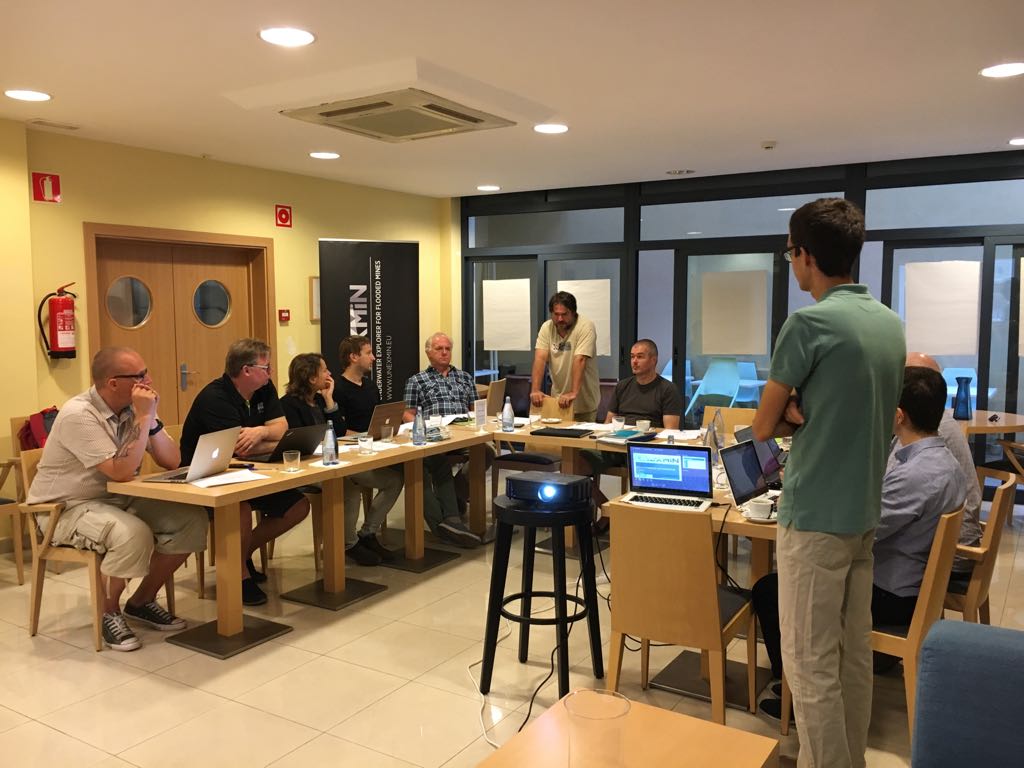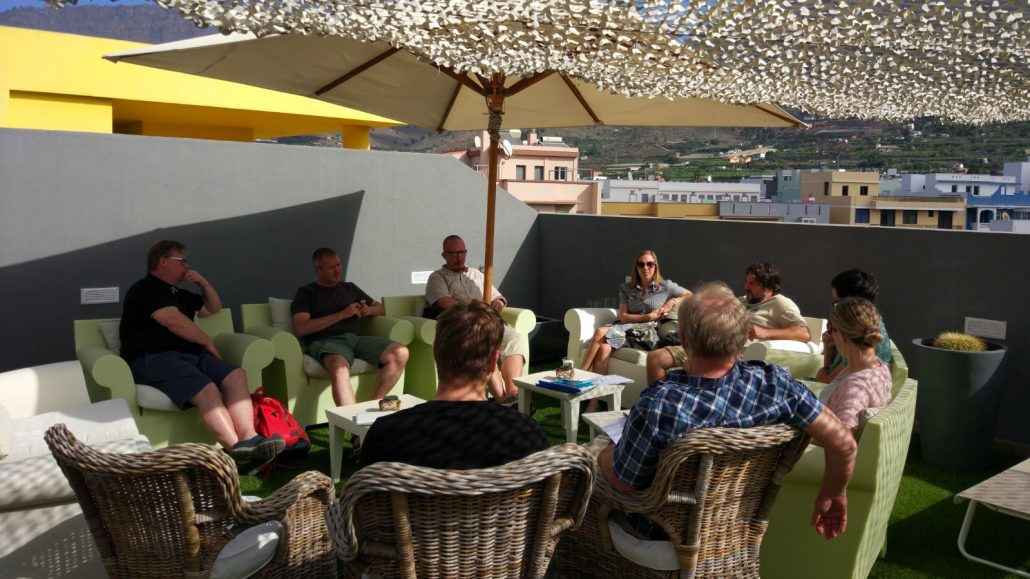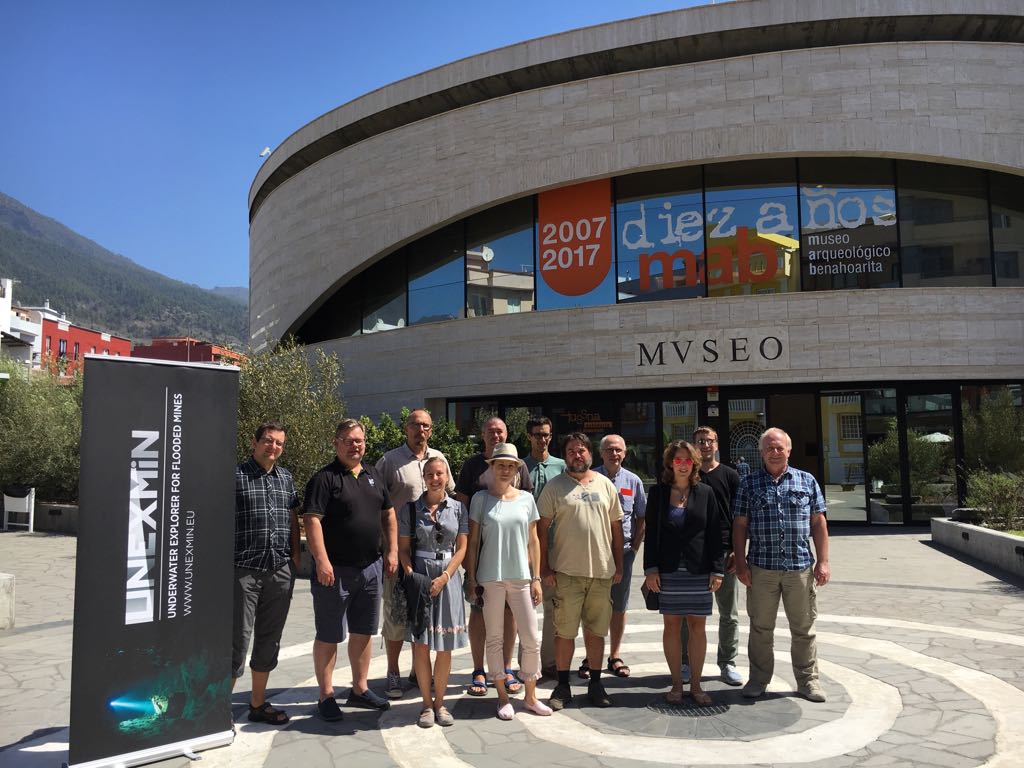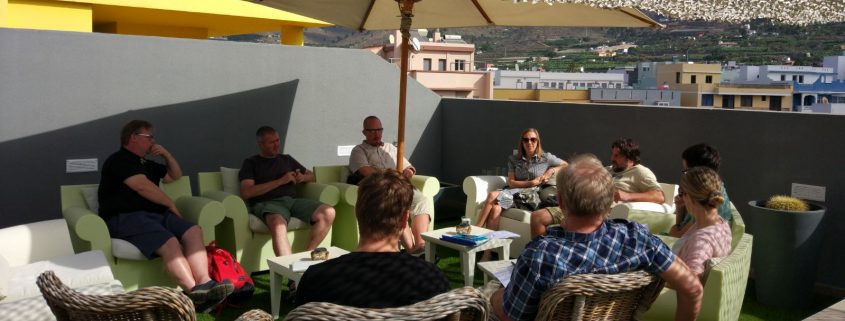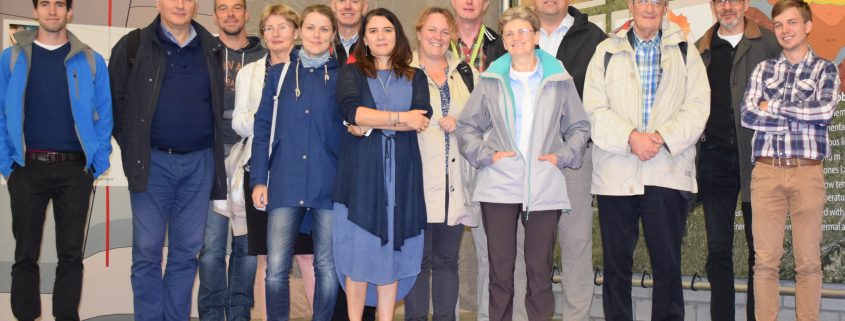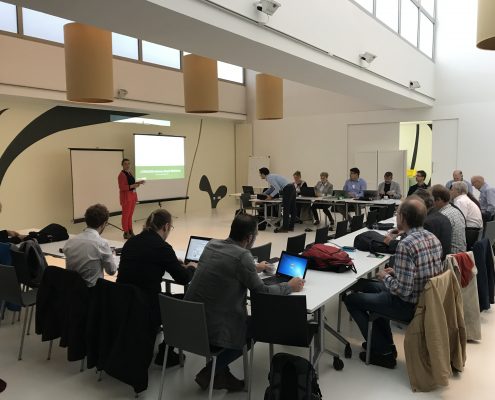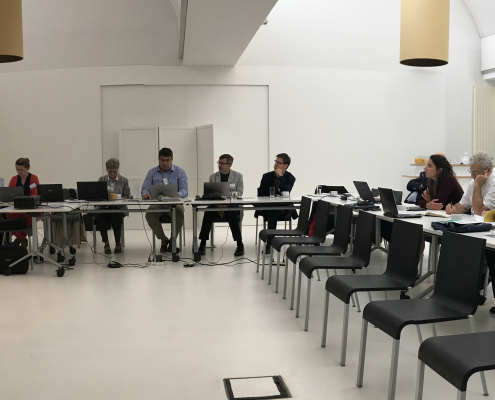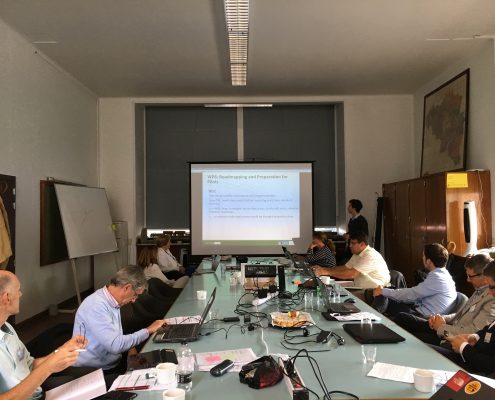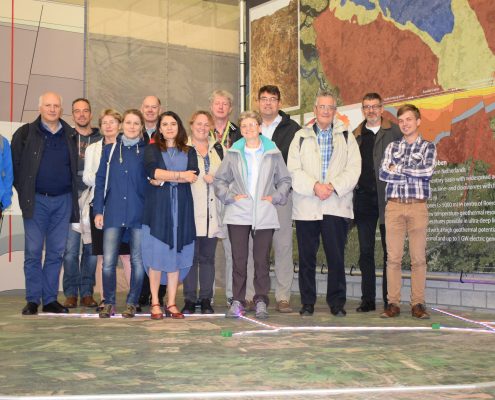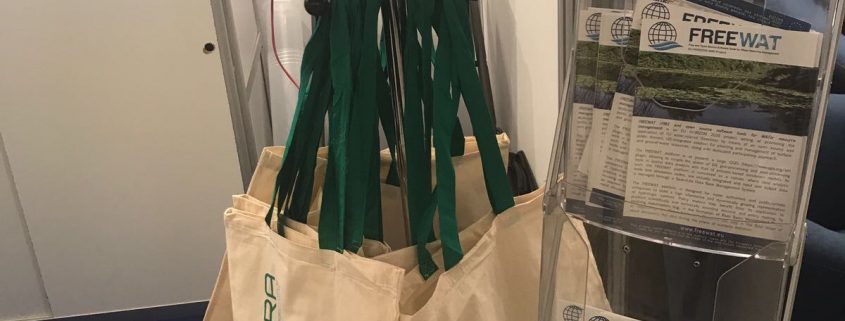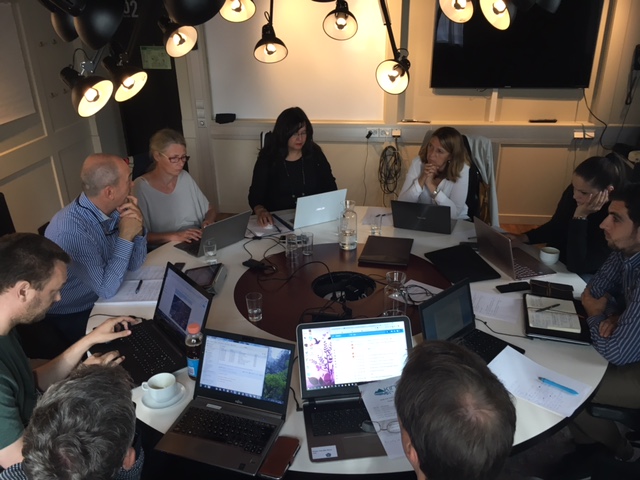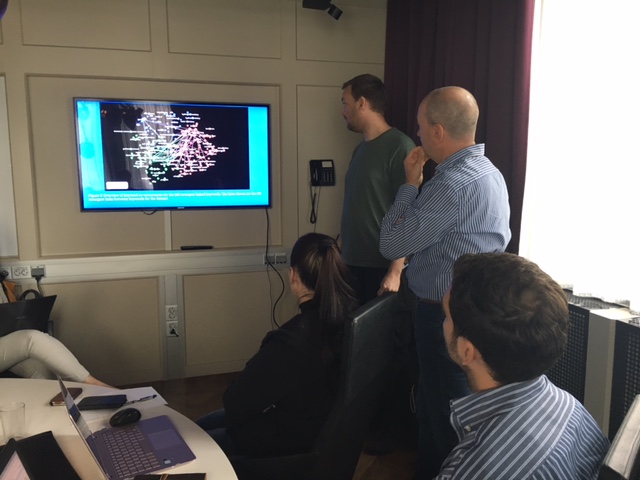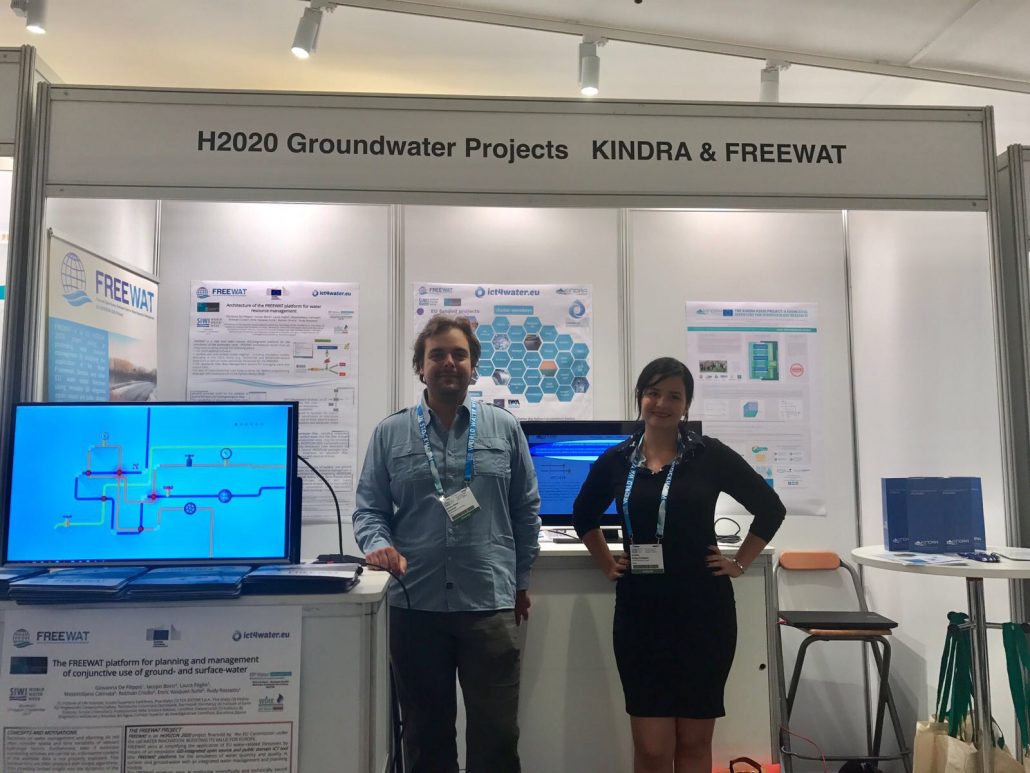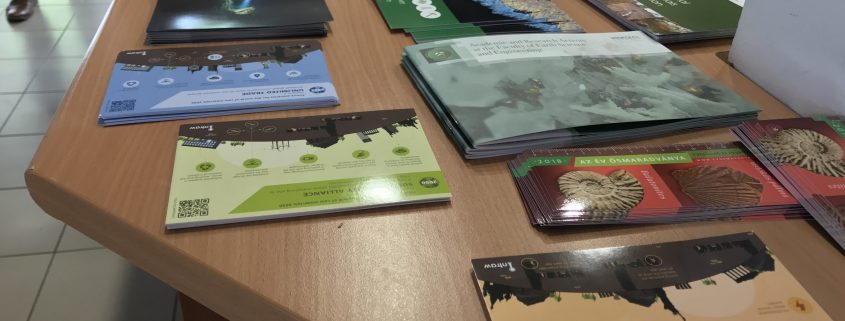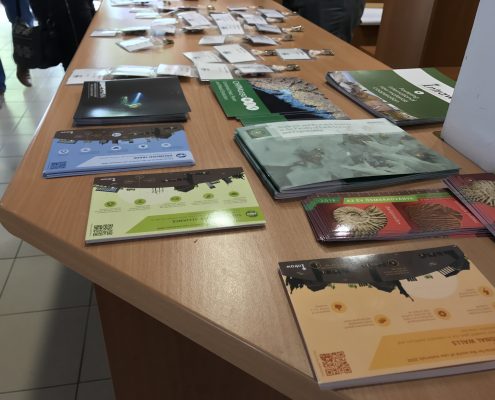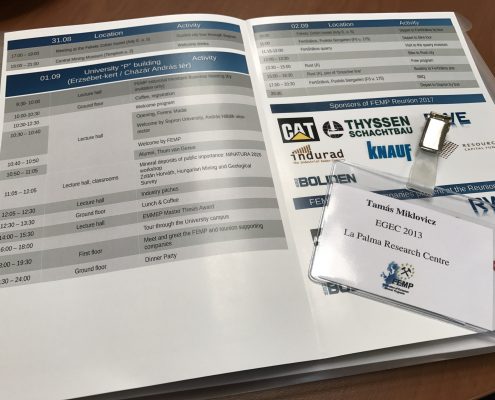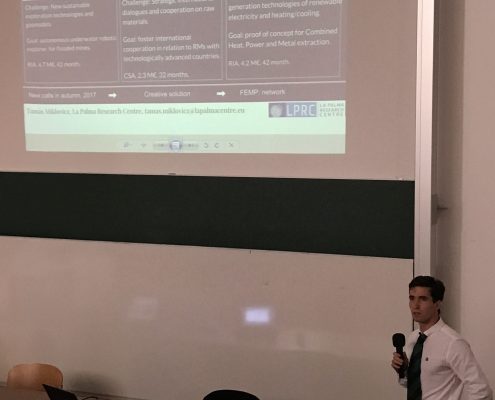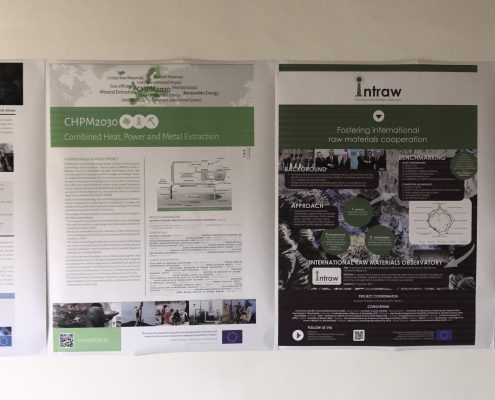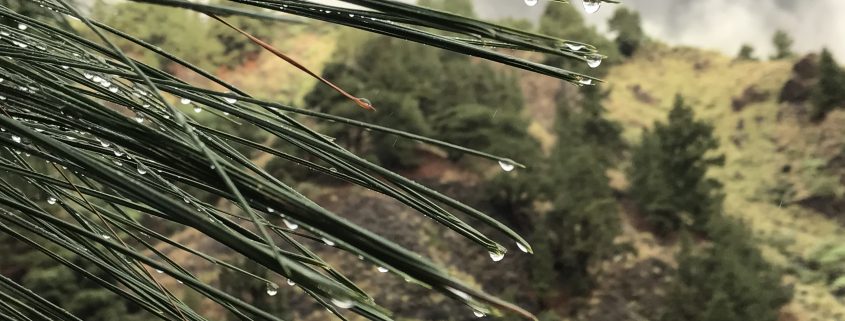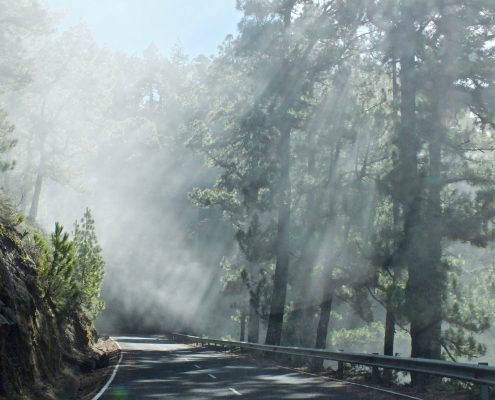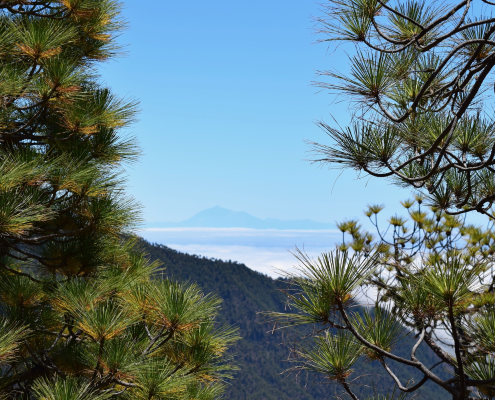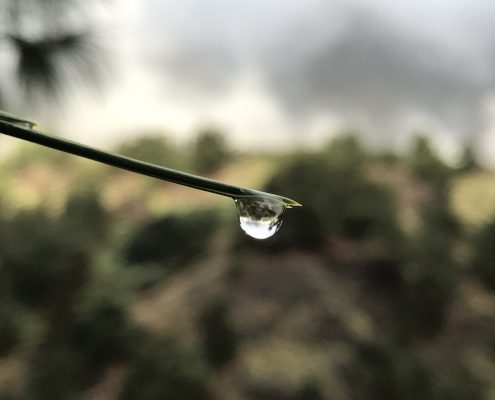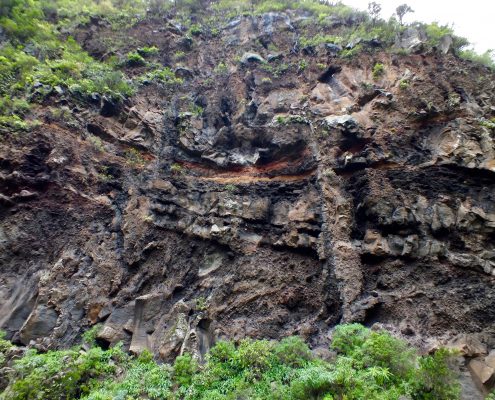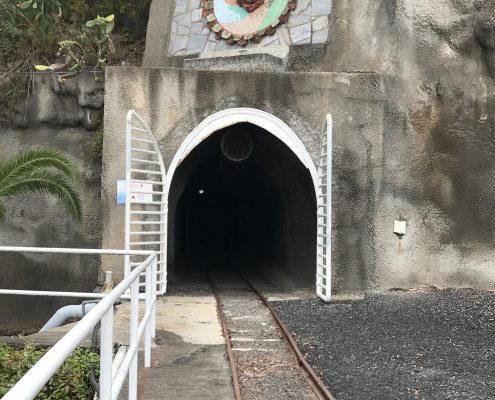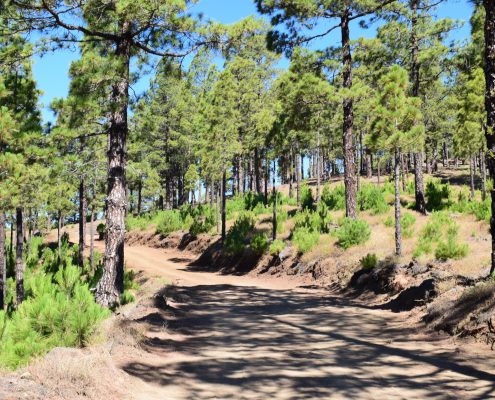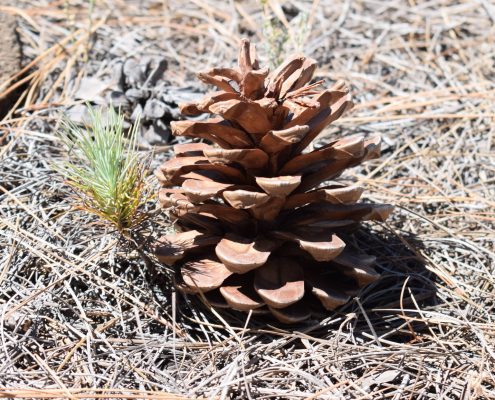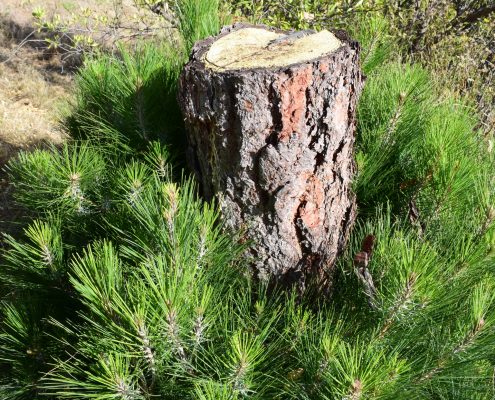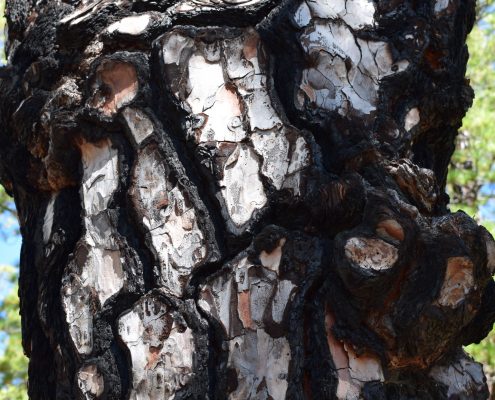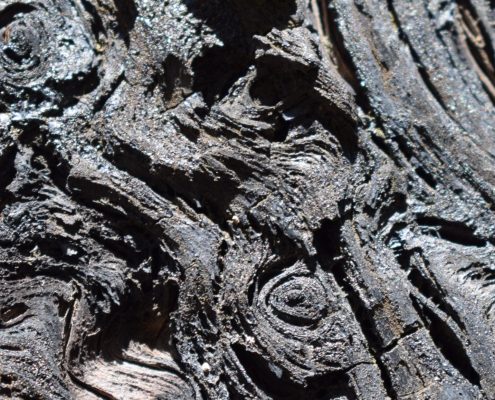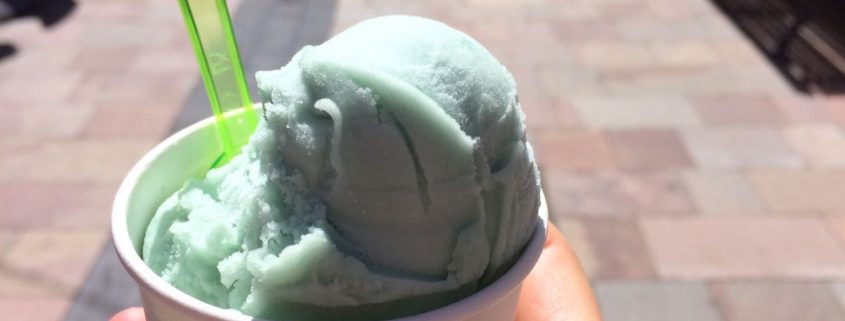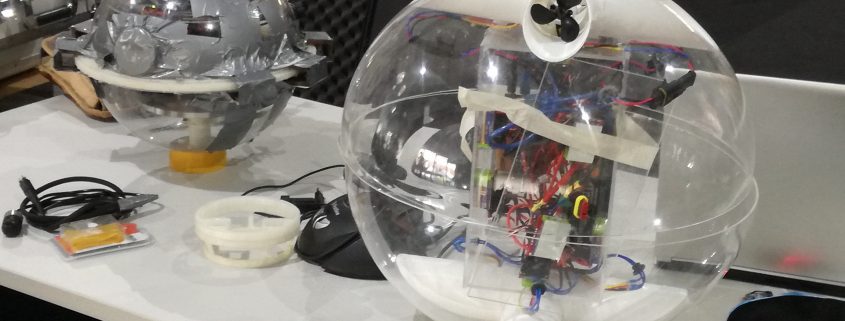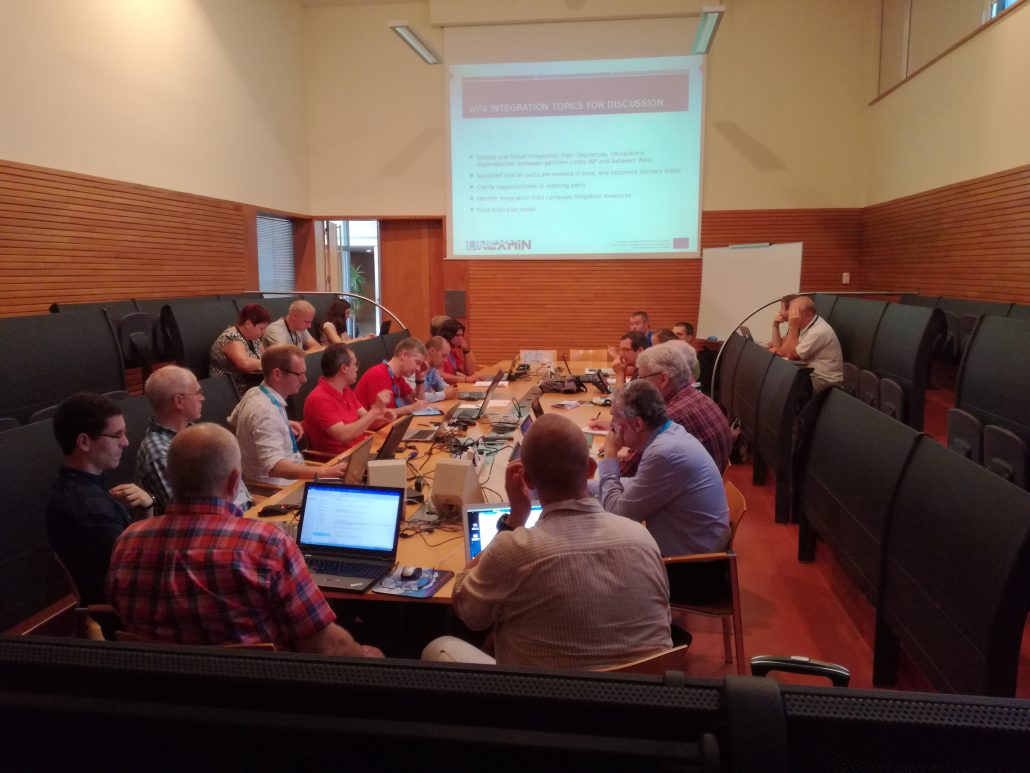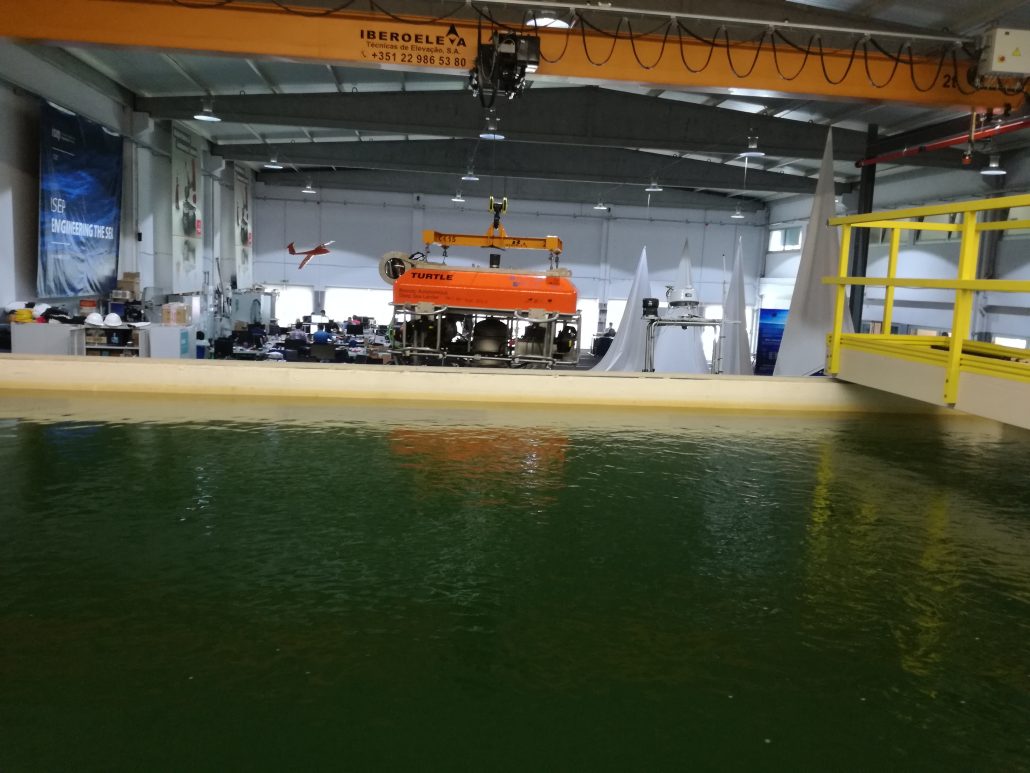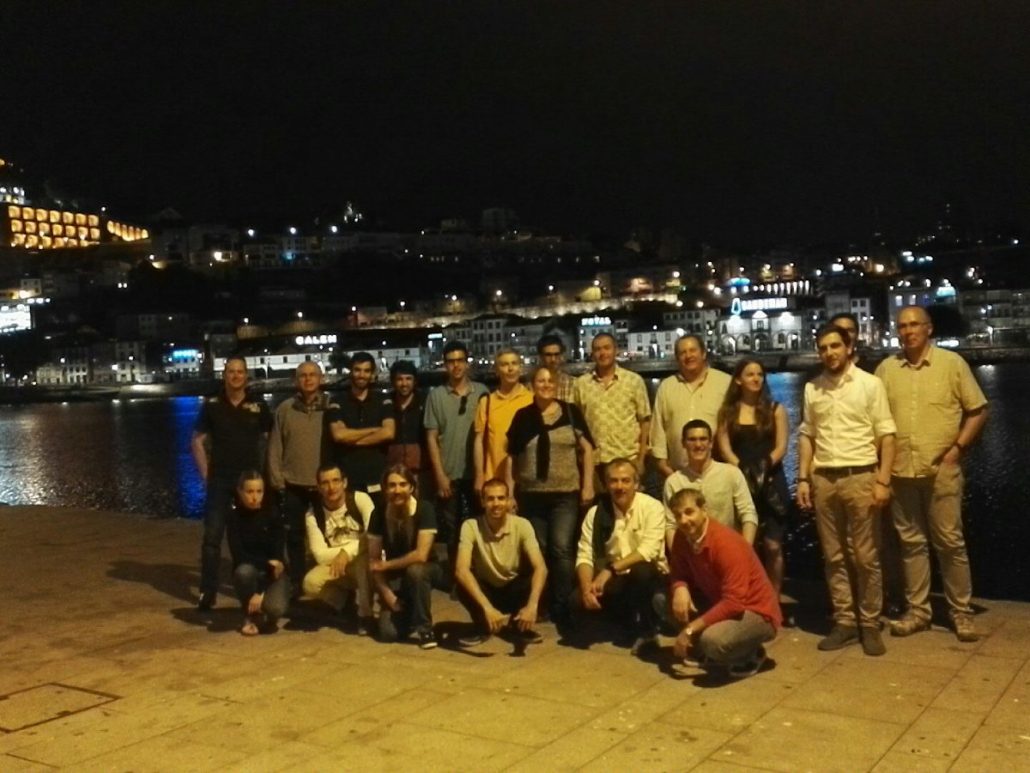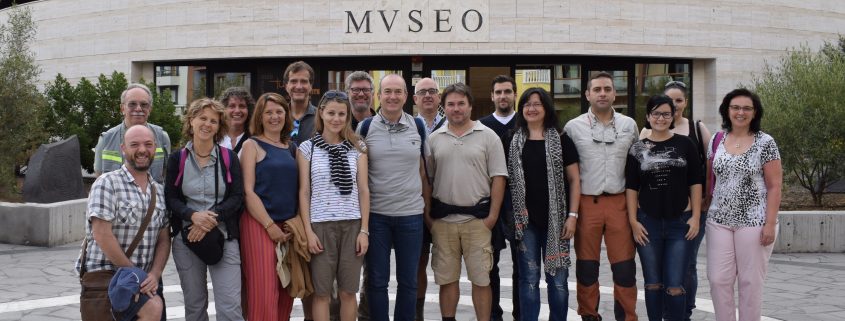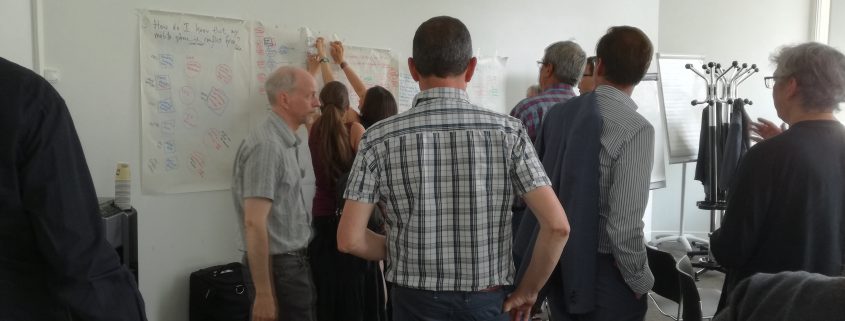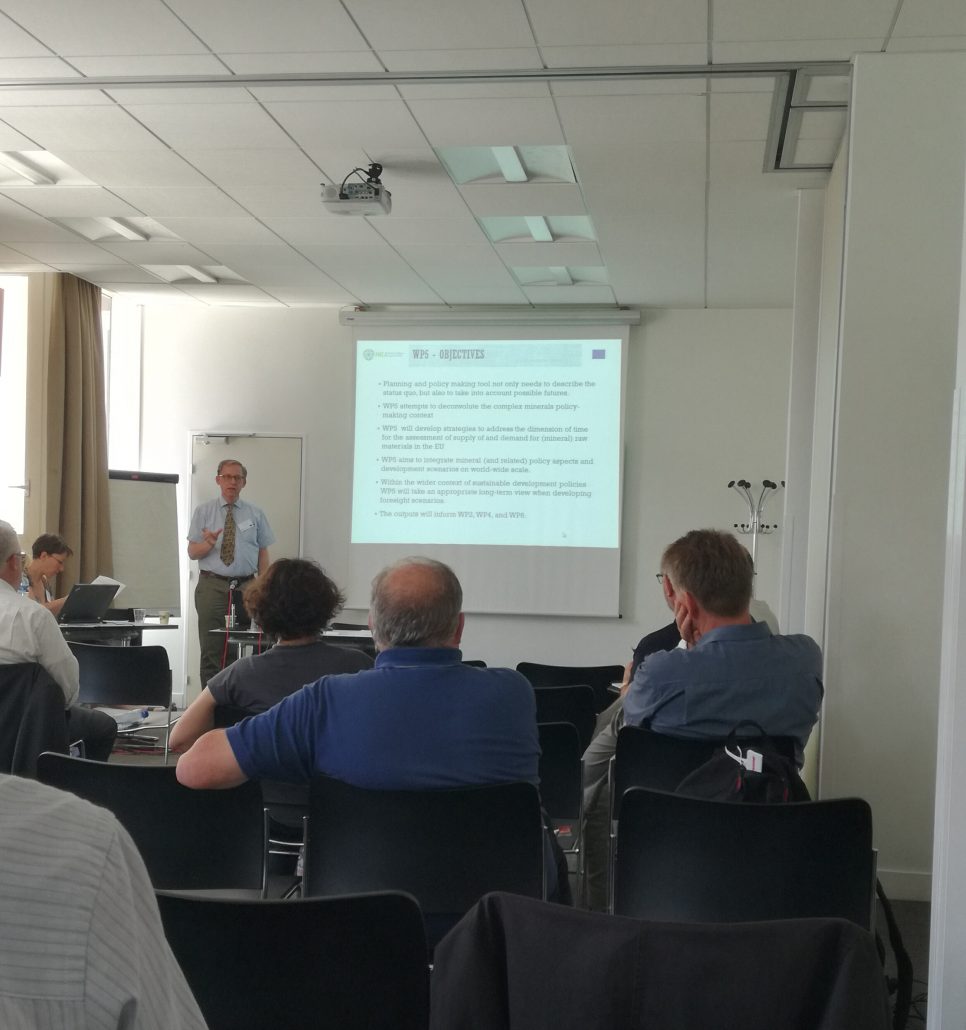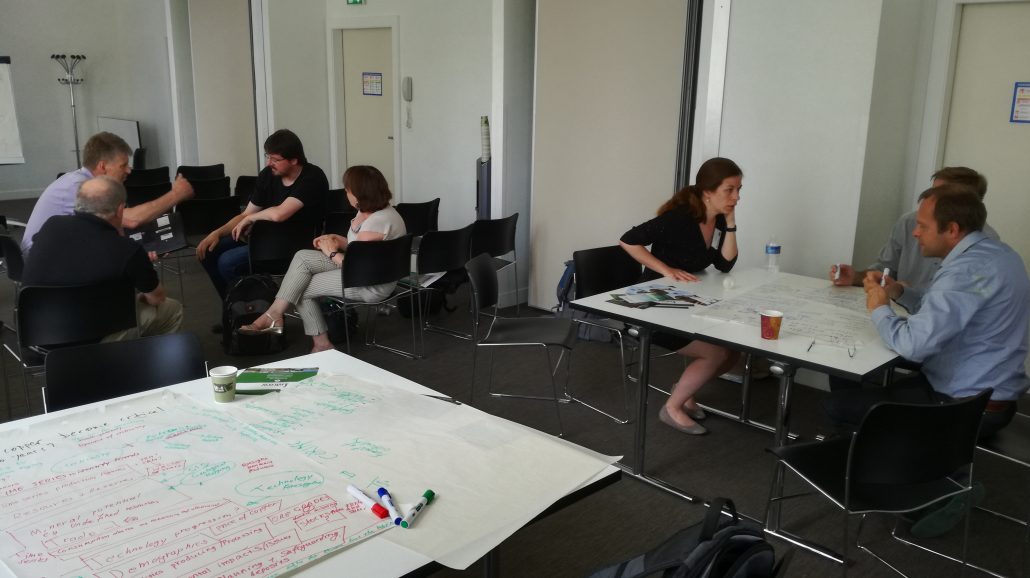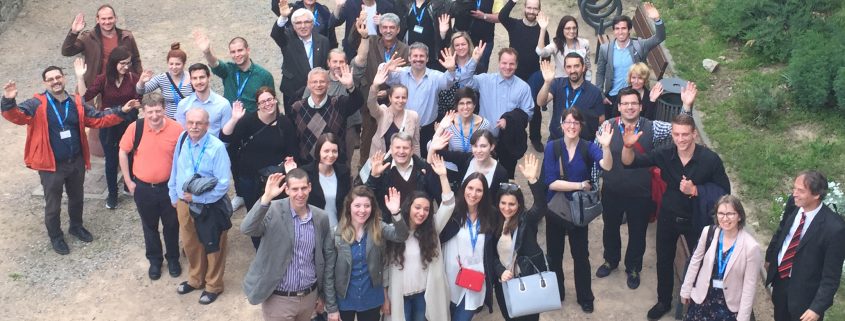The Federation of European Mineral Programs (FEMP) annual reunion took place in Sopron, Hungary, organized by the University of Miskolc. FEMP organizes and co-ordinates the European Mining, Minerals a nd Environmental Program (EMMEP) for students in Resource Engineering, Mining and Geotechnical Engineering, Mineral Processing, Recycling and related academic studies. Tamás Miklovicz, as a former student of the European Geotechnical Environmental Course (EGEC), organized by FEMP, participated in the event. Every year a reunion is organized to gather former students, academics and industry rep resentatives for an informal weekend with networking and interesting events
The reunion kicked-off with a guided city tour and welcome reception on Thursday, 31st of August. Next day, after the FEMP industrial members business meeting, the reunion was opened by the organiser, Ferenc Mádai. The morning session included a workshop, discussion about the Minatura2020 project, which was introduced by Zoltán Horváth. Before the workshop, Tamás Miklovicz had a one-slide addition, providing an outlook on Horizon 2020 opportunities and its best examples, including UNEXMIN, INTRAW and CHPM2030 projects.
During the workshop, the participants were divided into three groups, based on the factors that define Mineral Deposits of Public Importance (MDoPI): Level of Geological Knowledge, moderated by Zoltán Horváth, Environmental and Social aspects, moderated by Tamas and Economic considerations, moderated by Ákos Csicsek. Such factors are Background Geological Information & Knowledge – known or unknown mining/quarrying districts, Impact of Past Exploitation Activities in a Specific Tract, Social Acceptance, Compatibility With Other Land Uses, Contribution of an Active Operation to the Added-Value Chain of Mineral Products, etc. The participants realised that these factors are rather complex and many of them can have a positive or negative effect on future mining activity. The participants explained some of their experience at mines they were working. As a conclusion, there are many good examples where mining operation, surface or underground, is very welcome by the local community, however generally speaking, there are a lot of work needs to be done to harmonize mining operation with other land uses.
In the afternoon session, the best master thesis have been presented from the just graduated students. One of the highlight is the Development of a comprehensive system Model for a Magnetic Density Separation Process Line from Wokke Wijdeveld, which dealt with a novel type of separation technique, using water based magnetic ferrofluid, mixed with grains of different density. The mixture is put into an electromagnetic field that creates a vertical density gradient, which separates the particles, based on their type (density), so it can be divided into its base products.
During the whole event, a poster section was open with UNEXMIN, KINDRA, CHPM and INTRAW posters, allowing the participants to get familiar with these interesting projects.
The reunion closed with a very relaxed bike tour and BBQ. But EIT Raw Materials certified courses continue, highly recommended for any student interested in the mineral raw material sector.
Next year see you in Delft!
